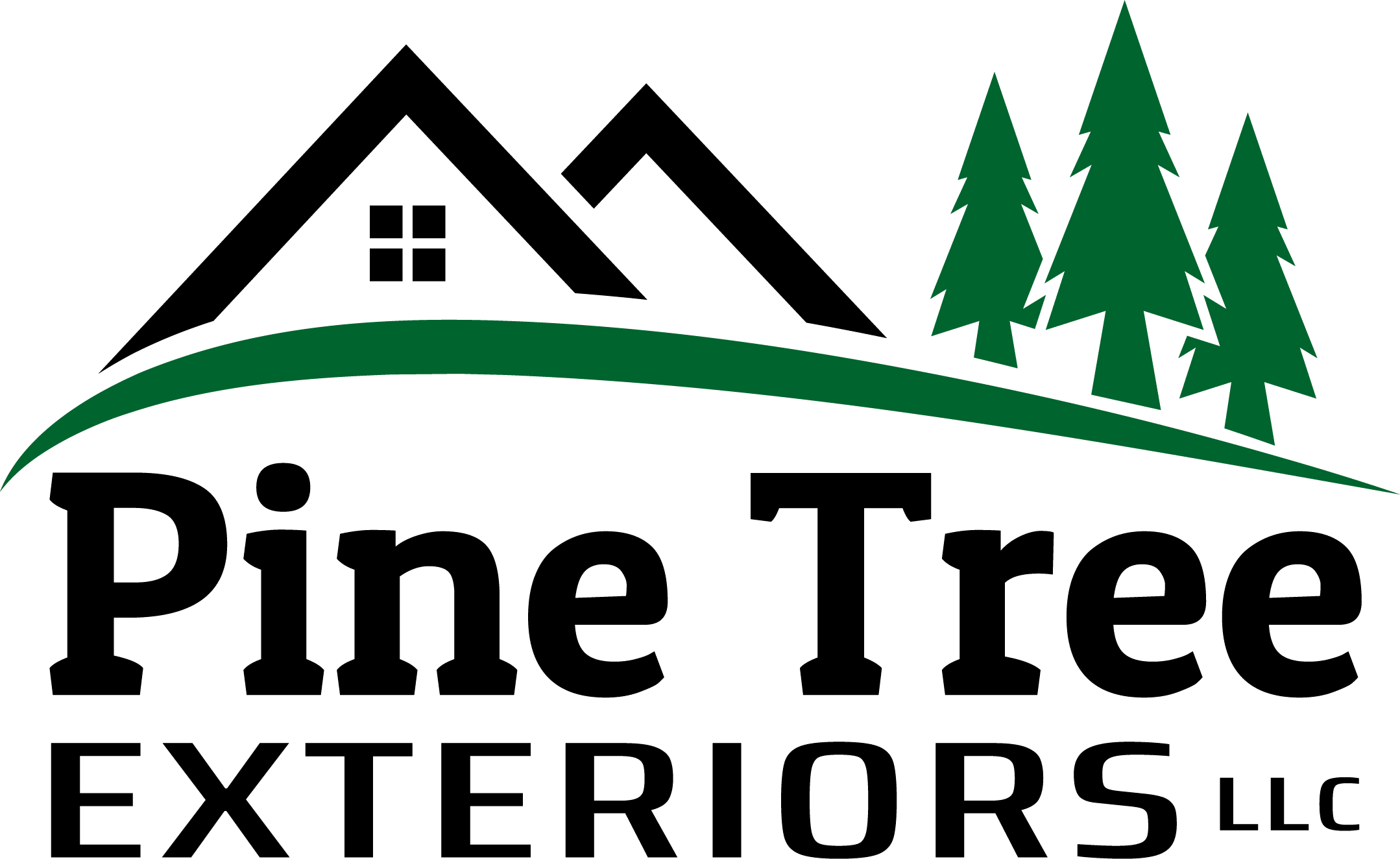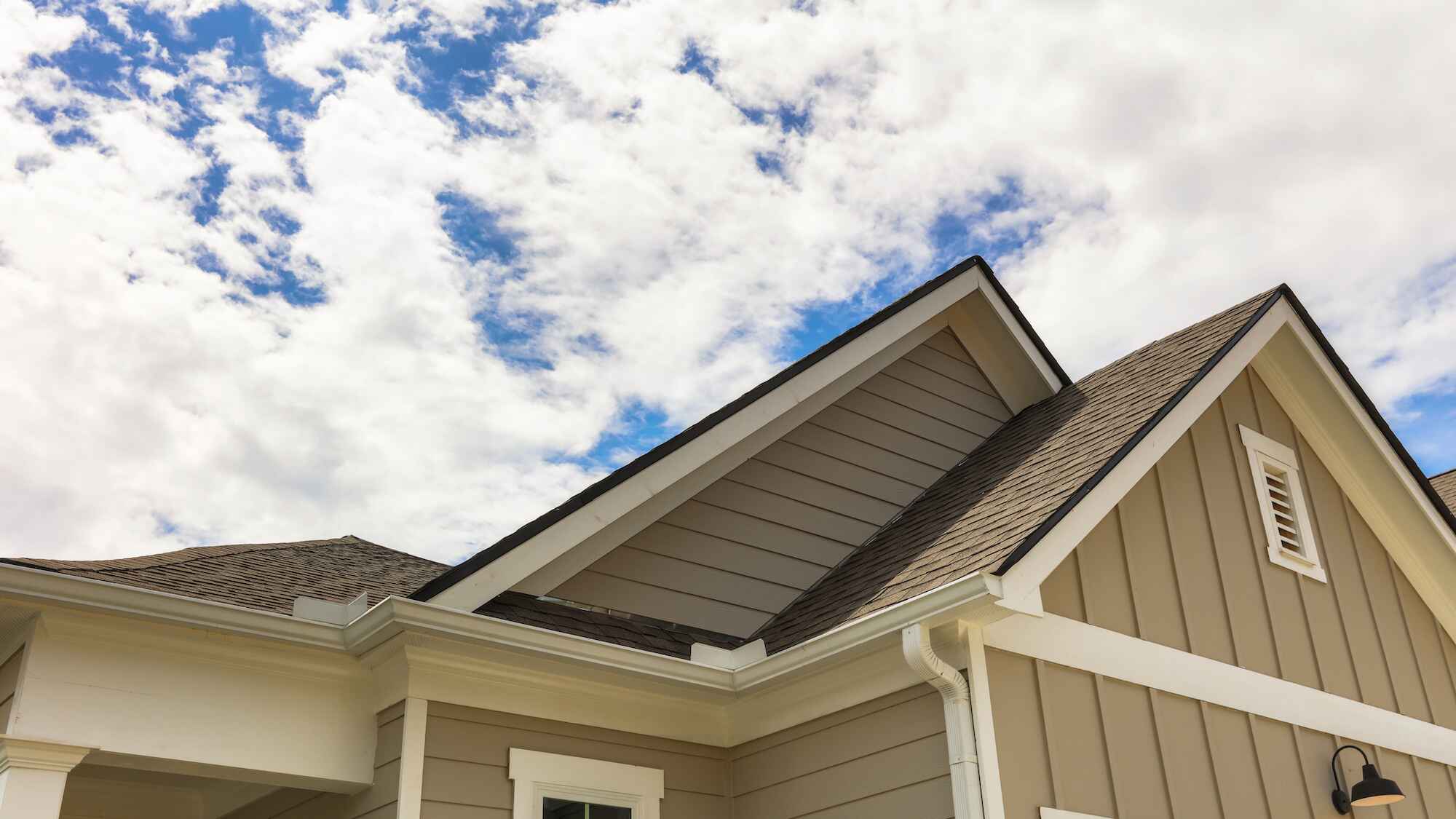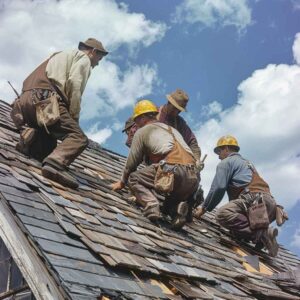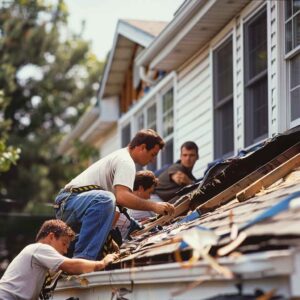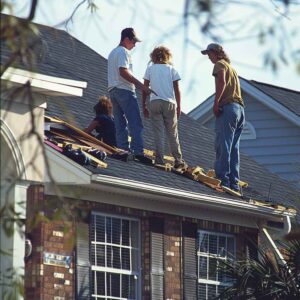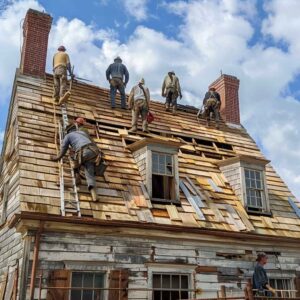Understanding the differences between steep and low-slope roofing is essential when considering professional roofing services. Steep-slope roofs boast durability and exceptional weather resistance, making them ideal for regions prone to heavy rainfall or snowfall. Their efficient water runoff systems prevent structural damage and complement various architectural styles. On the other hand, low-slope roofs offer cost-effective maintenance and energy-saving benefits. Material selections vary, with metal shingles and architectural styles popular for steep-slope roofs, while maintenance focuses on shingles, flashing, and gutters. Professional roofing services are adept at addressing the unique challenges presented by each roof type, ensuring optimal performance and longevity while meeting safety, budget, and sustainability goals.
Steep-Slope Roofing Characteristics
Durability and weather resistance are paramount considerations in steep-slope roofing. Pitched roofs, commonly found in various architectural styles such as Colonial, Victorian, and Tudor, are ideal for areas prone to heavy rainfall or snowfall. The steep angle of these roofs allows for efficient water runoff, preventing water from pooling and causing damage.
Moreover, the steep slope helps to minimize the impact of harsh weather conditions like high winds and hail, enhancing the longevity of the roofing materials. Homeowners looking to add a touch of elegance or historical authenticity to their properties often opt for steep-slope roofs due to their versatility in complementing different architectural designs while providing excellent protection against the elements.
Low-Slope Roofing Advantages
Contrary to steep-slope roofing, low-slope roofs offer unique benefits regarding cost-effectiveness and ease of maintenance. Low-slope roofing systems provide significant advantages regarding cost efficiency over their steep-slope counterparts. The materials used for low-slope roofs are often less expensive, and the installation costs tend to be lower due to the more straightforward design and easier access for the roofing crew. Moreover, low-slope roofs can contribute to energy savings.
They provide a larger surface area for incorporating energy-efficient solutions like solar panels or green roofing systems, helping to reduce long-term energy costs. Overall, the cost savings and energy efficiency make low-slope roofing an attractive option for many homeowners and businesses.
Material Options for Steep-Slope Roofing
Exploring various material options is essential when considering steep-slope roofing solutions for residential or commercial buildings. Here are some popular choices:
1. Metal Shingles: Durable and long-lasting, metal shingles are an excellent option for steep-slope roofs. They come in various styles and colors, providing both aesthetic appeal and protection.
2. Architectural Shingles: Known for their dimensional look, architectural shingles offer a sophisticated appearance to steep-slope roofs and are designed to withstand harsh weather conditions.
3. Wood Shingles or Shakes: While less common due to fire concerns, wood shingles or shakes can add a rustic charm to steep-slope roofs. Proper maintenance is important to guarantee their longevity and safety.
Maintenance Variances Between Roof Types
Understanding the maintenance differences between different roof types is essential for ensuring the longevity and performance of your roofing system. Regarding steep-slope roofs, maintenance primarily focuses on the shingles, flashing, and gutters. Regular inspections are vital to promptly identify and address any issues, helping prevent water leaks and damage to the underlying structure. Repair costs for steep-slope roofs can vary depending on the extent of the damage and the type of materials used.
Conversely, low-slope roofs require different maintenance practices, such as checking for ponding water and ensuring proper drainage. Weather impact is a significant factor for both roof types, with steep-slope roofs being more resistant to harsh weather conditions than low-slope roofs.
Other Roofing Tips:
